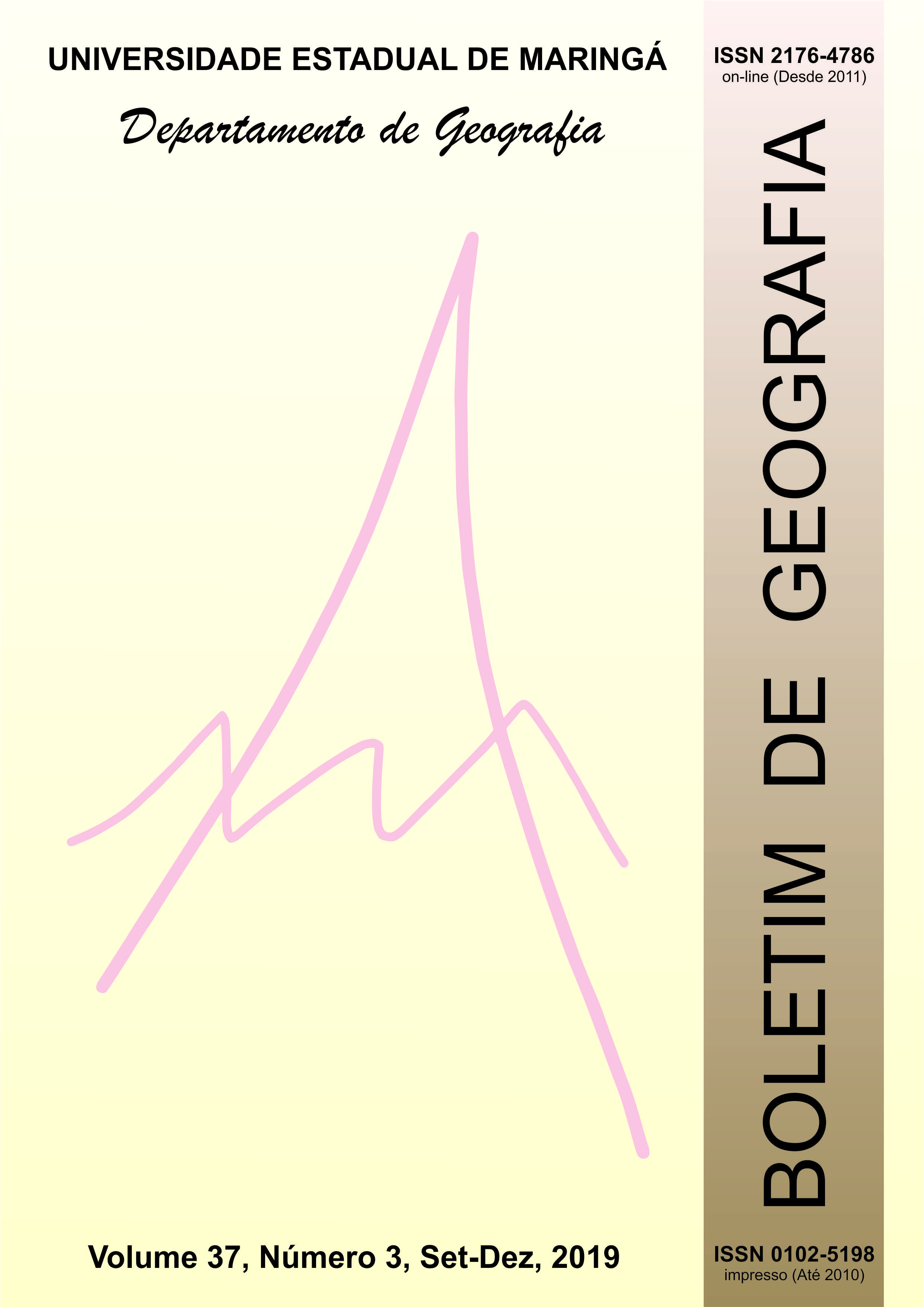Evaluation of the processes of erosion of riverbank in semiarid rivers: study in the sub-basin of the Bass Jaguaribe – Ceará – Brazil
Abstract
Erosion of riverbanks is a natural process that can be intensified by human activities, producing catastrophic effects on the river environment. The understanding of this process is fundamental, for the studies related to fluvial geomorphology, beyond providing environmental imbalances, can cause problems of social and economic order. The present study had the objective of analyzing the dynamics of the riverbank erosion processes in the Jaguaribe river, in its low course, precisely in the municipal of Quixeré. The Jaguaribe River is one of the main springs of the state of Ceará, being a semiarid river and having its flows controlled by dams. For the monitoring of the margins, nine sections were selected along a 10 km section of the river, which were grouped into three types, Conserved Area (CA), Conserved Partially Area (CPA) and Degraded Area (AD). In order to quantify the erosive rates, the methodology of the erosion pins was used. The results obtained show that the degraded areas presented values of retreat 13,5 cm year-1 and eroded volume of 7,77 m3, with the highest values observed, and those that were conserved had retreat values of 3,05 cm year- 1 and volume of 1,39 m3 year-1, accompanied by partially conserved areas that obtained values of retreat of 4,85 cm year-1 and volume of 1,52 m3 year-1. For the period evaluated (June / 2014 to May / 2015), rainfall was the main condition responsible for marginal erosion, even though rainfall was below the historical average.
Downloads
O Boletim de Geografia está licenciado através da Creative Commons Atribuição 4.0 Internacional (CC BY 4.0).
Autores que realizam submissões ao Boletim de Geografia concordam com os sequintes termos:
- Autores retêm todos os direitos autorais e concedem à Revista direitos exclusivos da primeira publicação, com o artigo licenciado sob os termos da Creative Commons Atribuição 4.0 Internacional (CC BY 4.0).
- Após a publicação, fica permitido ao autor a republicação em qualquer outros meios de divulgação, desde que mencionada a fonte original.












